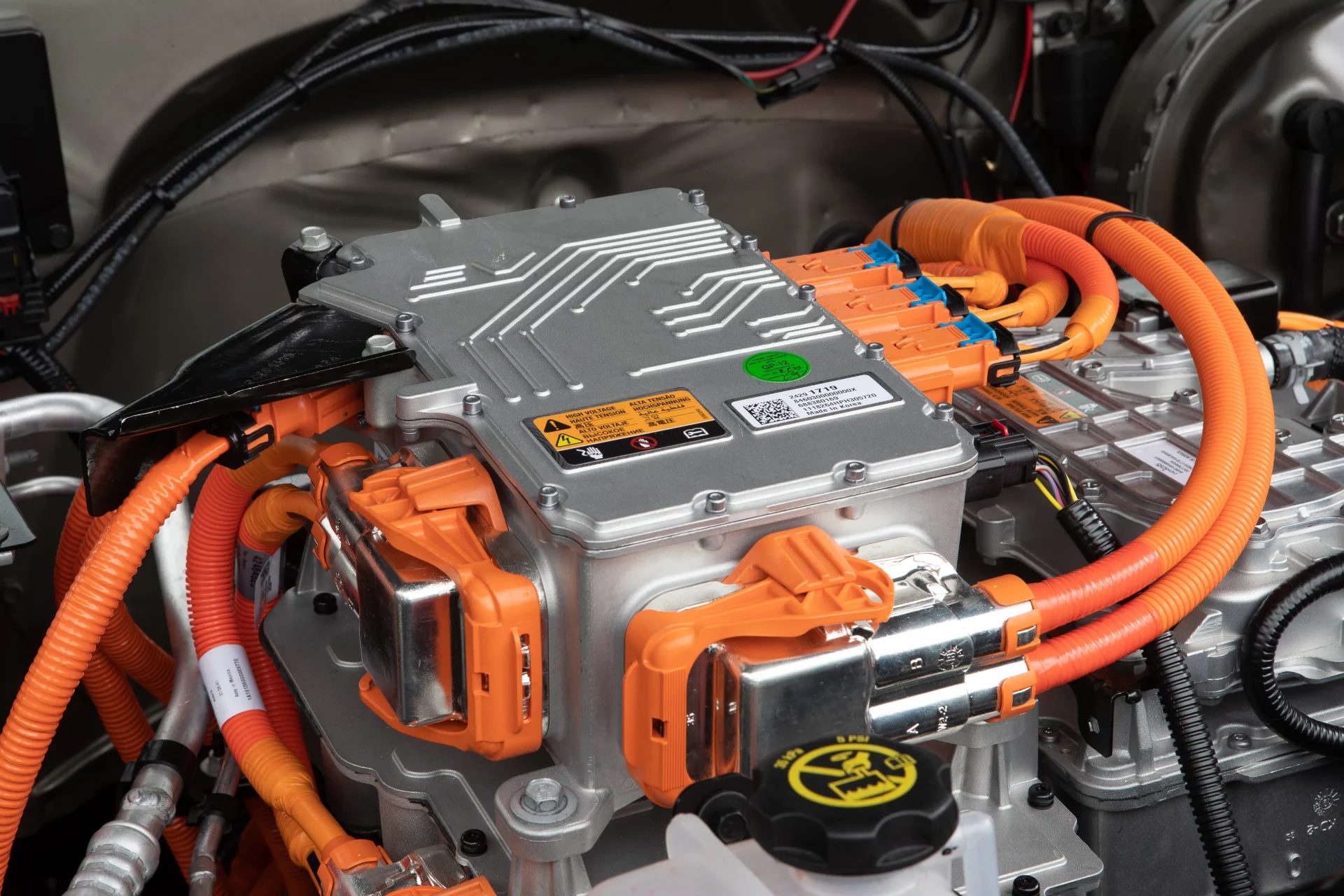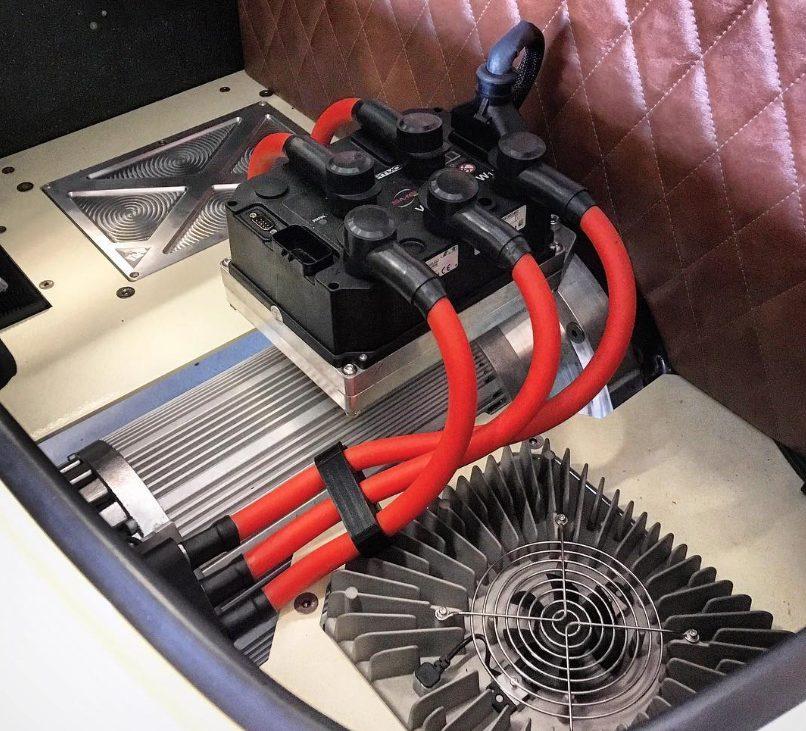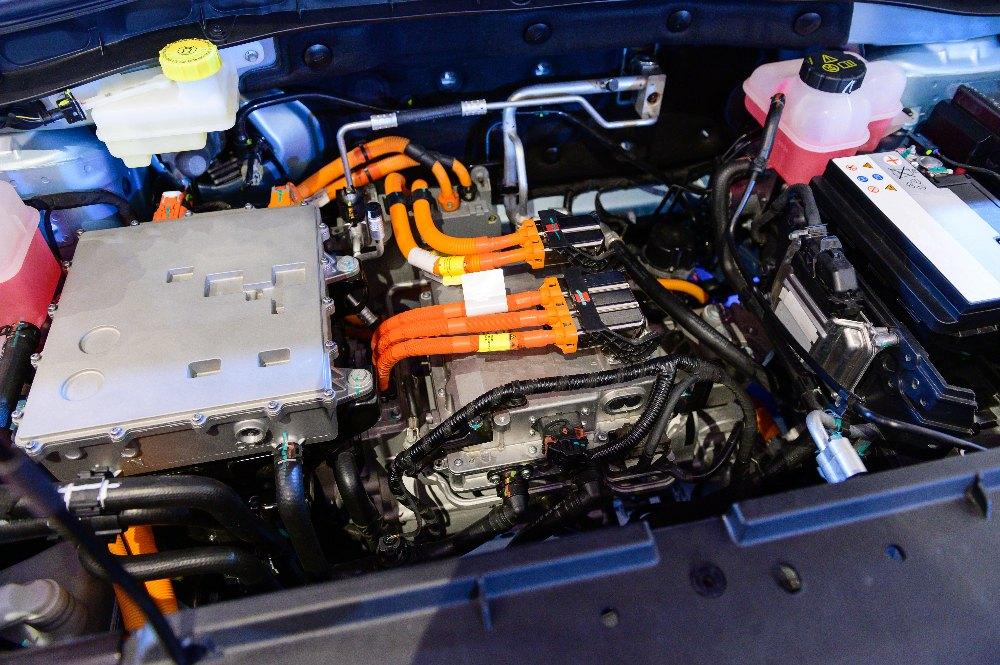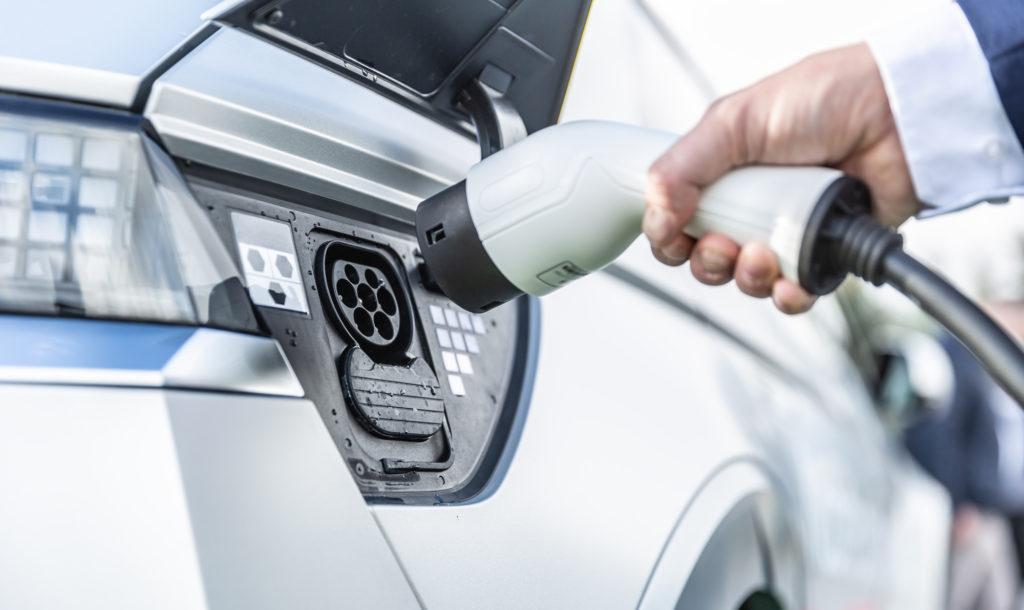Can You Buy a Kit to Convert a Car to Electric?
By Sebastian Orellana
Updated Feb 17, 2024

With the increasing popularity of electric vehicles, many drivers are considering converting their traditional gas-powered cars to electric. Though the prospect of doing this may seem daunting, several kits on the market make the process much simpler.
Table of Contents
This post will explore the different kits available, the conversion process, and the components of a successful electric conversion.
READ: What is the Best Car for EV Conversion?
Understanding Electric Conversion Kits

Electric conversion kits are available from various sources, including online retailers, auto parts stores, and specialty shops. These kits come with all the parts necessary to convert a gas-powered car to electric, including the motor, controller, batteries, and wiring. Depending on the kit, installation may require some knowledge of electrical systems, though some kits offer detailed instructions and are relatively easy to install.
Generally, the cost of a conversion kit will vary depending on the make and model of the vehicle being converted and the size of the motor and battery pack used.
Advantages of Electric Conversion
Converting a car to electric offers many advantages over traditional gas-powered vehicles. Electric cars are much more efficient, using electricity rather than gasoline to power the vehicle. This translates to reduced fuel costs and emission-free driving. Electric cars are also generally quieter and smoother to drive than their gas-powered counterparts, as they lack the noise and vibration of an internal combustion engine. Electric vehicles require less maintenance, have fewer moving parts, and don’t require oil changes.
Types of Electric Conversion Kits

When shopping for an electric conversion kit, it is crucial to consider which kit is right for you. Generally, two types of kits are available: direct drive and series drive. Direct drive kits are more straightforward and cost-effective, using the car’s existing transmission and differential.
Series drive kits, however, offer more power, as the motor is connected directly to the wheels. Additionally, series drive kits are typically more expensive, requiring a new transmission and differential.
Components of an Electric Conversion Kit
In addition to the motor and controller, an electric car conversion kit typically includes batteries, wiring, and other components. The batteries are the most essential part of the kit, providing the power necessary to run the car. The batteries may be lead-acid, lithium-ion, or nickel-metal hydride, depending on the equipment.
Wiring is also necessary, connecting the motor, controller, and batteries. Other components, such as a DC-DC converter and fuse box, may also be included in the kit.
READ: Understanding the Cost Breakdown of DIY EV Conversion
Installing an Electric Conversion Kit
Installing an electric conversion kit requires knowledge of electrical systems and the ability to work with tools. Generally, the process begins by removing the gas engine and its associated components, such as the fuel tank and exhaust system.
After removing the gas engine, the motor, controller, and batteries can be mounted in their respective locations. The wiring can then be connected and the system tested. Finally, the car’s body and interior can be modified as necessary.
Benefits of Converting to Electric

Converting a car to electric offers several benefits, both financially and environmentally. On the financial side, electric cars are much more efficient than gas-powered vehicles, reducing fuel costs. Electric cars require less maintenance, as they have fewer moving parts and don’t require oil changes. From an environmental standpoint, electric vehicles produce no emissions, making them a much cleaner option than gas-powered cars.
Cost of Electric Conversion Kits
The cost of an electric conversion kit will vary depending on the make and model of the car being converted, as well as the size of the motor and battery pack used. Generally, direct drive kits are less expensive, while series drive kits can be significantly more expensive. Additionally, the cost of the kit may be offset by government incentives and tax credits.
READ: How Long Can Electric Car Idle With The Heat Turned On
Advantages of DIY Electric Conversion
Do-it-yourself electric conversion offers several advantages over professionally installed kits. For one, it allows the driver to customize the conversion to fit their needs. Additionally, DIY conversion can save money, eliminating the need to pay for professional installation. Finally, it can be a great learning experience, providing an opportunity to gain valuable knowledge about electrical systems.
In conclusion, electric conversion kits are available from various sources, including online retailers, auto parts stores, and specialty shops. These kits come with all the parts necessary to convert a gas-powered car to electric, including the motor, controller, batteries, and wiring. Converting to electric offers many advantages, including reduced fuel costs, emission-free driving, quieter operation, and less maintenance.
Do-it-yourself electric conversion can save money and provide a great learning experience. Knowing the different components of an electric conversion kit, and its advantages and costs, can help drivers make an informed decision about whether to purchase a kit to convert their car to electric.
